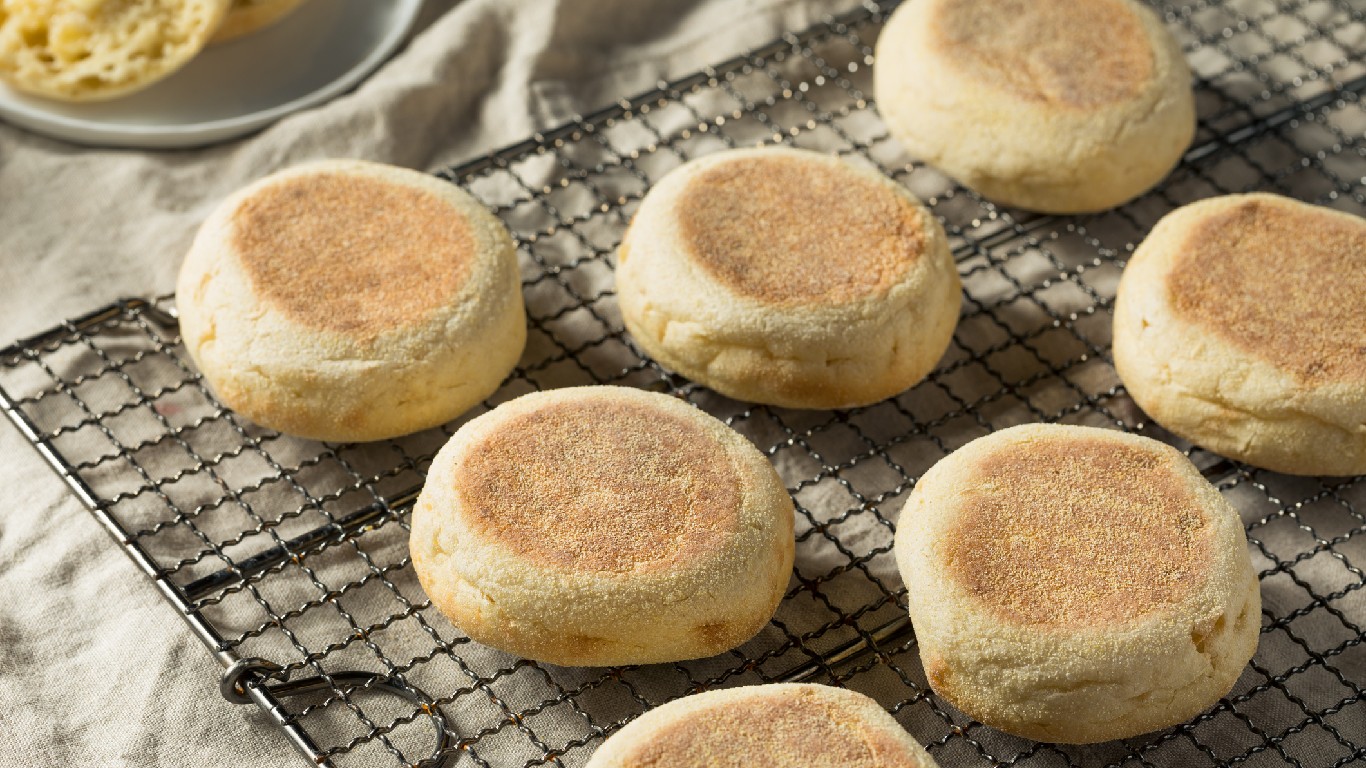
Food names can be deceiving. French fries aren’t actually French, Swiss steak didn’t originate in Switzerland, and Mongolian barbecue is neither Mongolian nor barbecue.
These misleading monikers are widespread for various reasons. Sometimes a name corrupts over time or describes an outdated cooking method. Other times, it’s a marketing ploy to make something sound more appealing (like Rocky Mountain oysters).
We also love attaching exotic origins to familiar foods, lending an air of authenticity. But many “foreign” foods are truly American inventions.
In most cases, it doesn’t really matter what a dish is called. English muffins taste just as good despite originating far from London. As long as there’s no deliberate deception, like passing off non-Japanese wagyu as the real thing, a name shouldn’t impact flavor.
Yet it helps to know basics — like headcheese not being a dairy product or that puppy chow isn’t for dogs.
While food names can be convoluted, understanding a little backstory gives insight into what’s on your plate. These are 20 “foreign” foods that are really American.
Click here for French fries aren’t French and other deceptively named foods

Bombay duck
Not a duck, but a kind of fish, also called bombil, bummalo, or lizardfish, eaten both fresh and dried. One theory as to its curious name is that it used to be transported on a mail train called the Bombay Daak (“daak” being Hindi for post, in the sense of post office).
[in-text-ad]

Cape Cod turkey
Another example of seafood masquerading as poultry, Cape Cod turkey is a humorous New England name for salt cod, cooked with potatoes and garnished with hard-boiled eggs and crumbled bacon. No one is sure where the name came from, but perhaps the dish was eaten around Thanksgiving, or was simply as common on Cape Cod as turkey was in the Massachusetts interior.

Duck sauce
Meat sauce is made with meat and tomato sauce is made with tomatoes — but duck sauce isn’t made with duck. It’s a sweet-and-sour fruit-based condiment, either brown or translucent orange in color, served in Chinese restaurants (or included in take-out orders) to accompany various dishes. It was most likely originally intended to be served with Peking duck, hence its name.
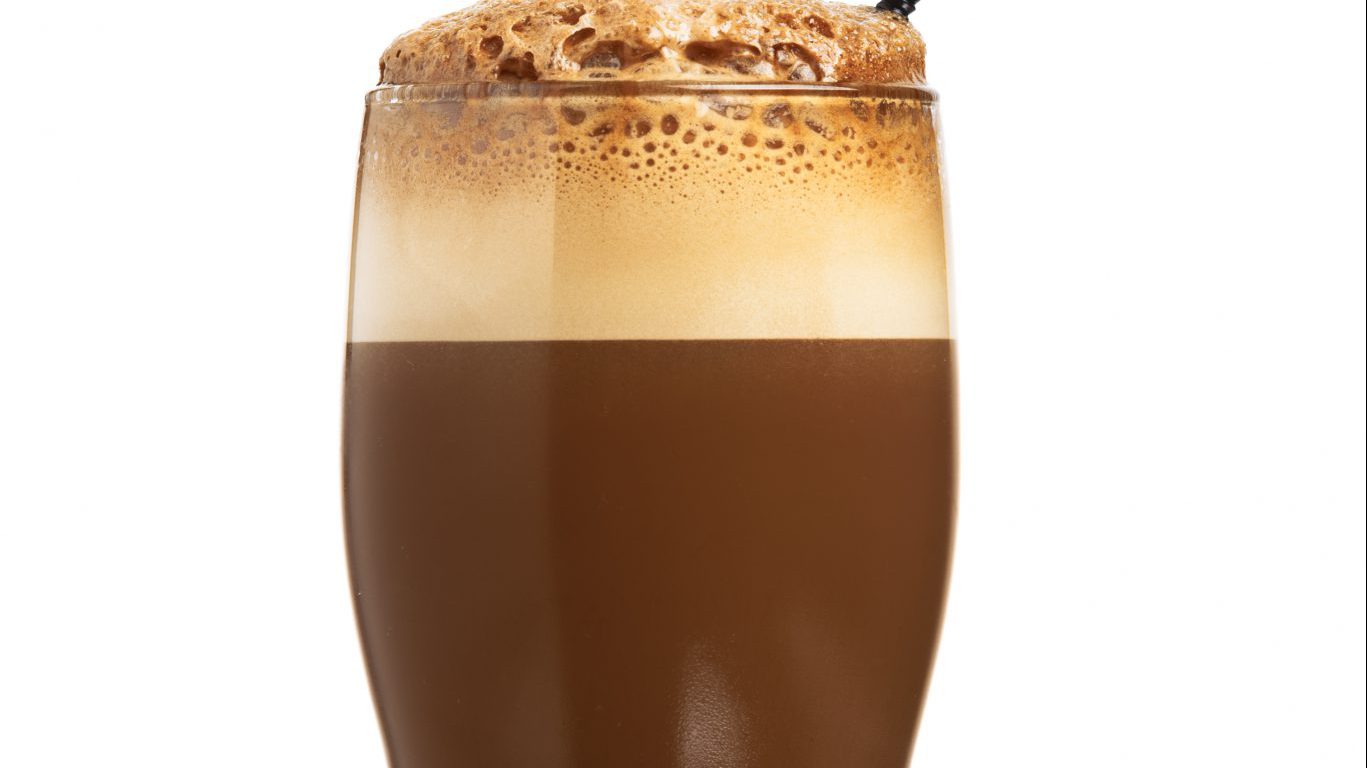
Egg cream
An old-style specialty of Brooklyn, and all but unknown outside New York City, this classic soda fountain beverage is a blend of milk, seltzer, and chocolate syrup. No eggs and no cream are involved. The origin of its name is a mystery.
[in-text-ad-2]

English muffins
They’re not really muffins in any accepted definition of the term, and they’re English only because they were invented by an English immigrant to the United States. English muffins are related to crumpets, which are leavened griddle cakes with porous tops, but it was the idea of baker Samuel Bath Thomas, who opened a bakery in New York City in 1880, to turn these into thin crumpet-like rolls that could be split and toasted rather than eaten whole like their antecedents.

French dressing
The classic French salad dressing is vinaigrette, an emulsion of oil and vinegar with mustard and sometimes shallots, garlic, or herbs added. What we know as French dressing is only distantly related to anything French. It may start with a kind of vinaigrette, but is given its luminous orange hue by the addition of ketchup and/or tomato paste, along with paprika and brown sugar or corn syrup. The earliest example was probably Milani 1890 French Dressing, made by a company founded in 1938.
[in-text-ad]
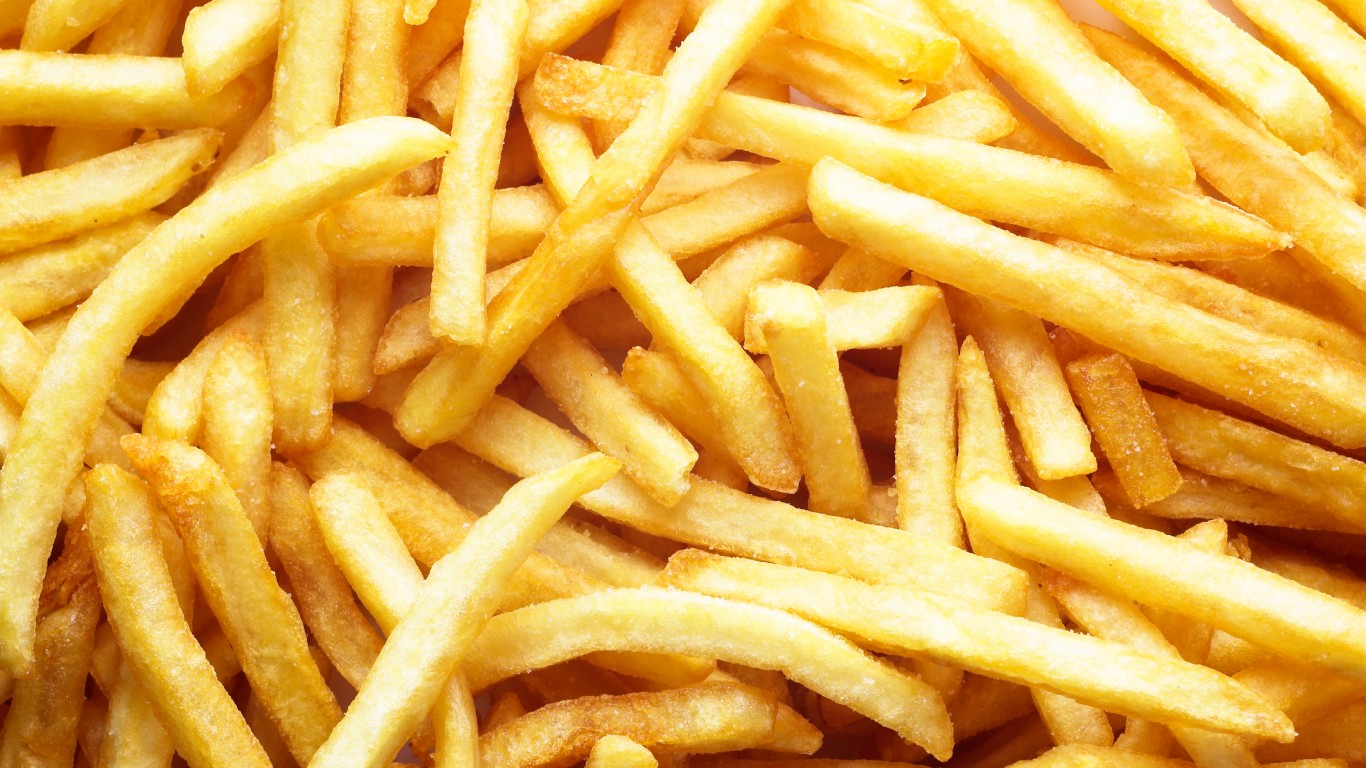
French fries
The French call this ubiquitous side dish simply “pommes frites” — fried potatoes. When we call them French, we’re almost certainly making a mistake. They were almost certainly born in France’s neighbor, Belgium, where they may date back as far as the late 1600s. The story is that villagers along the French-speaking portion of the Meuse River used to catch and fry tiny river fish. When the Meuse froze over in the winter, they took to cutting potatoes into a similar elongated shapes and frying those instead. Some sources say that American soldiers in the region during World War I discovered the potatoes and called them “French” because that was the language the locals spoke. (Unfortunately for that theory, the term was first used in 1856.) More likely, the French liked them and added them to their own menus — and since French cuisine was better known internationally than Belgian, they ended up with the credit.
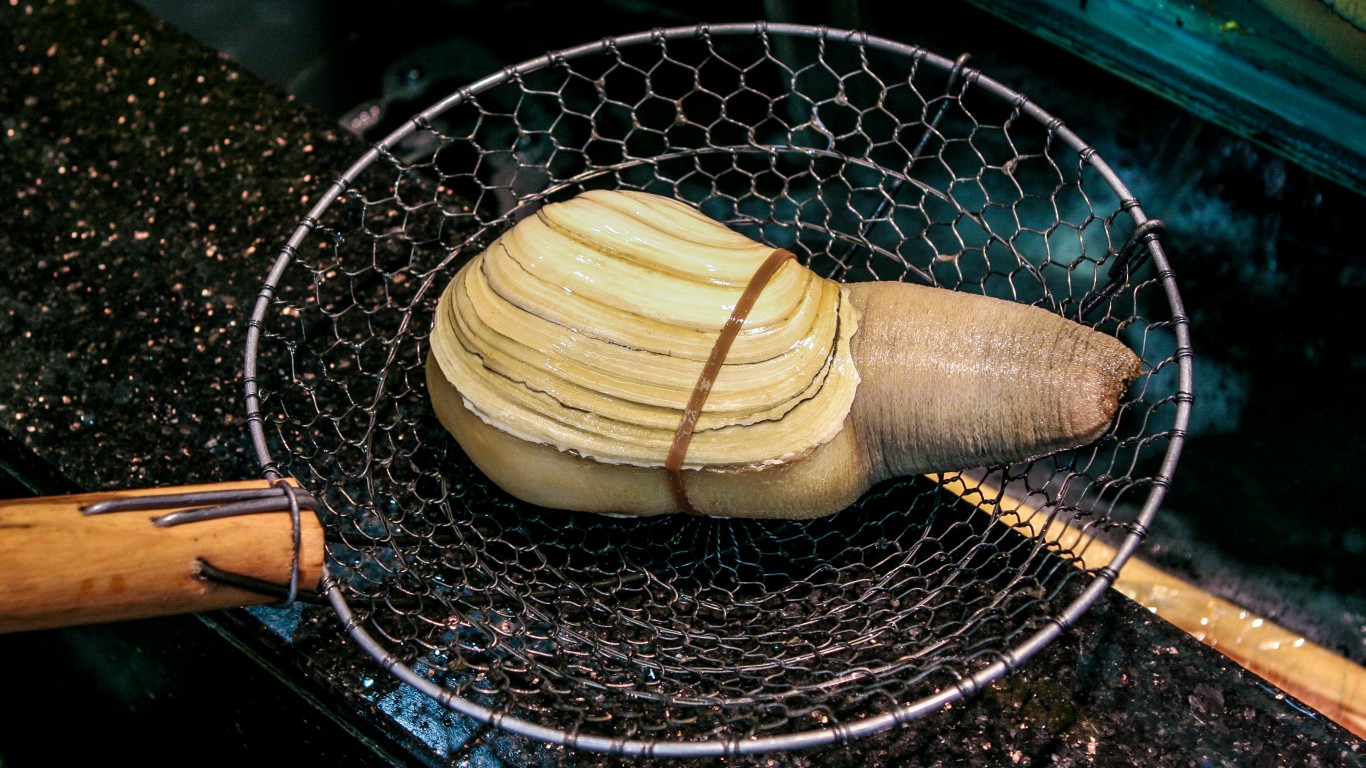
Geoduck
Not a duck — a giant clam native to the Pacific Northwest, with a comparatively small shell and a large external “neck” forming its edible meat. “Geo” is not pronounced in the expected fashion — it’s “gooey.”

Headcheese
There’s no cheese in headcheese. It’s a kind of terrine, or chunky pâté, made with bits of savory meat from various portions of a pig’s head, bound with gelatin.
[in-text-ad-2]

Jerusalem artichoke
This delicious, underrated vegetable isn’t an artichoke and has nothing to do with Jerusalem. Also known as sunchokes, Jerusalem artichokes are a knobby root with a sweet, nutty flavor, thought by some to taste a bit like artichoke hearts. The plant is related to the sunflower and “Jerusalem” is a corruption of “girasole” — sunflower in Italian.

Mongolian barbecue
This made-to-order mix of various meats and vegetables quickly stir-fried on a griddle is neither Mongolian nor barbecue. It was invented in Taiwan in the first half of the 20th century and given this fanciful name in 1951 by one Wu Zhao-nan, a famous performer of crosstalk (a form of Chinese comedy).
[in-text-ad]

Plum pudding
This dense, moist, fruitcake-like confection, traditional around the year-end holidays (it’s also known as Christmas pudding), contains no plums. In earlier times, the word “plum” referred to any dried fruit, not only prunes (dried plums) but also things like currants and raisins — which are what goes into the pudding today.
Prairie oysters
Seafood-lovers, stand down. These “oysters” are actually animal testicles — traditionally from a bull, though sometimes from sheep, bison, or other animals. A dish from cowboy days, these testicles were originally cooked on a branding iron or on the coals used to heat the iron, but evolved into a more delicate preparation, sliced, breaded, and deep-fried.
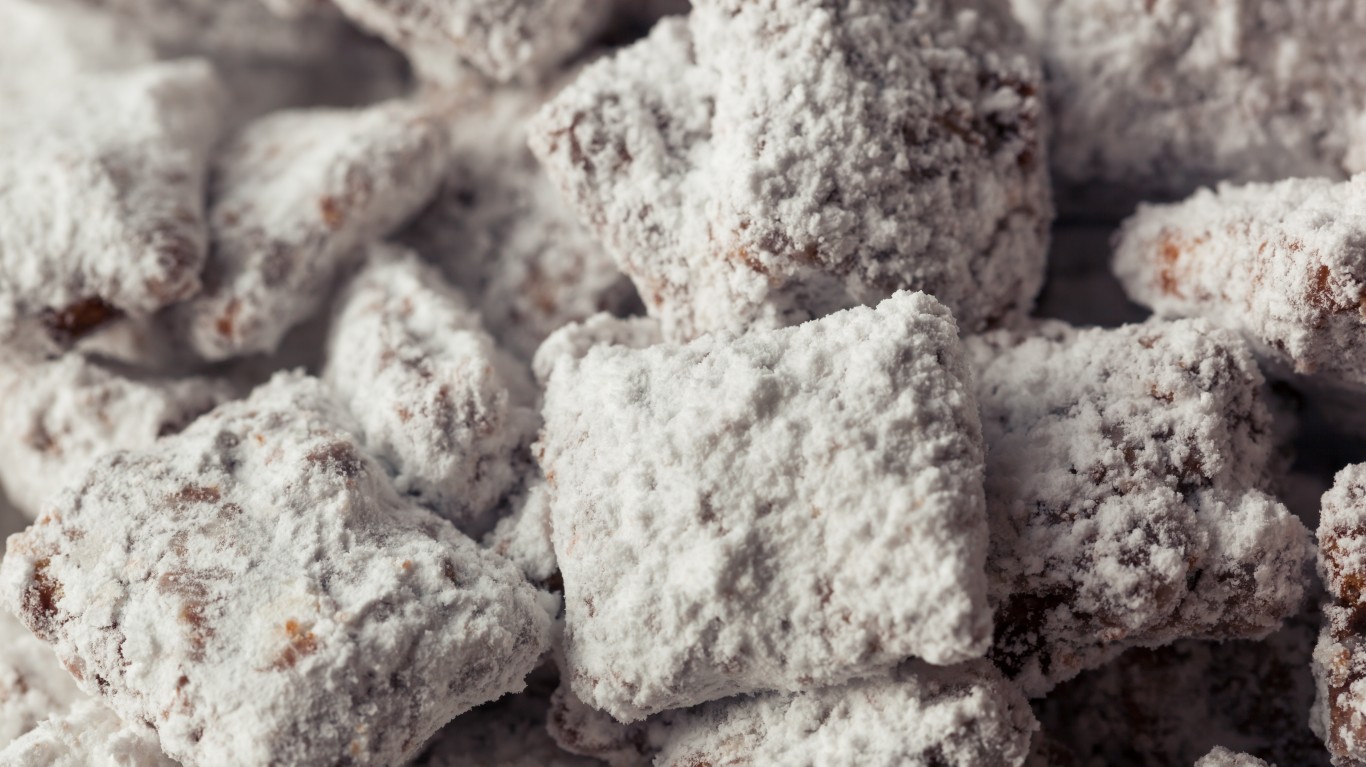
Puppy chow
No, it’s not dog food. Puppy chow is a sugary snack, especially popular around Christmastime, made by coating one or more varieties of Chex cereal with melted chocolate, butter, and peanut butter, then dusting the whole thing with powdered sugar. It’s also sometimes called “monkey munch” or “reindeer chow.”
[in-text-ad-2]

Rocky Mountain oysters
See prairie oysters, above. This is just another name for the testicles of a bull or other animal, usually sliced, breaded, and deep-fried.

Russian dressing
A combination of mayonnaise and ketchup, enhanced with various other things, including some combination of horseradish, Worcestershire sauce, lemon juice, minced pimentos, chives, pickles or pickle relish, and/or hot sauce, this dressing is unknown in Russia. Its name may derive from the fact that earlier versions reportedly also contained caviar. A non-caviar version, similar to the Russian dressing we know today, was first marketed by a New Hampshire grocer in the early years of the 20th century.
[in-text-ad]

Scotch woodcock
Woodcock is a small, strongly flavored game bird. No avian creatures are harmed for the creation of this dish, though. It’s simply soft-scrambled eggs spread on toast and topped with anchovies. Nobody knows exactly how it got its name, but it might have been conceived as a substitute for actual woodcock when the hunt went badly.

Swiss steak
An inexpensive variety of steak made by tenderizing an otherwise tough cut of meat through rolling or pounding, then braising it in sauce. The Swiss have never heard of it. The name might be a reference to the technique of swissing, a way of compressing fabric to a smooth texture.
Take Charge of Your Retirement: Find the Right Financial Advisor For You in Minutes (Sponsor)
Retirement planning doesn’t have to feel overwhelming. The key is finding professional guidance—and we’ve made it easier than ever for you to connect with the right financial advisor for your unique needs.
Here’s how it works:
1️ Answer a Few Simple Questions
Tell us a bit about your goals and preferences—it only takes a few minutes!
2️ Get Your Top Advisor Matches
This tool matches you with qualified advisors who specialize in helping people like you achieve financial success.
3️ Choose Your Best Fit
Review their profiles, schedule an introductory meeting, and select the advisor who feels right for you.
Why wait? Start building the retirement you’ve always dreamed of. Click here to get started today!
Thank you for reading! Have some feedback for us?
Contact the 24/7 Wall St. editorial team.
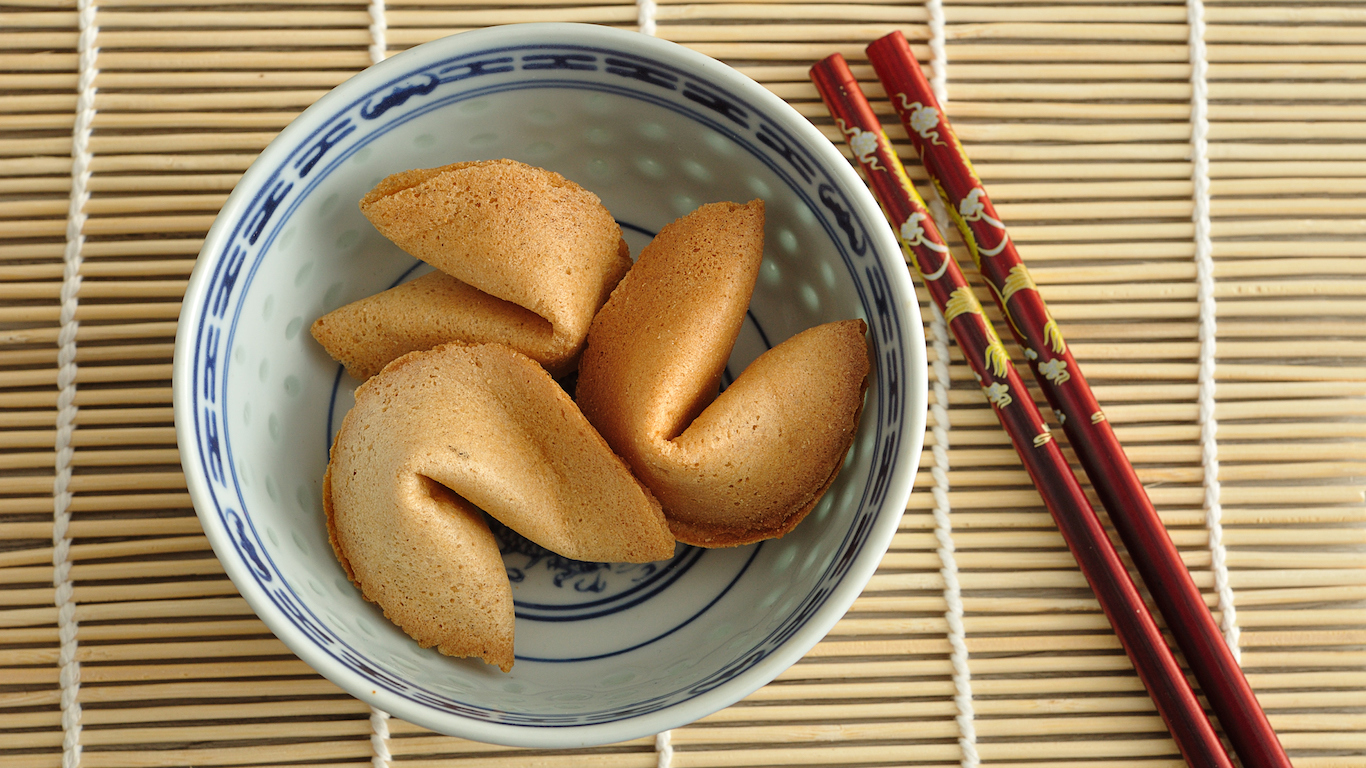 24/7 Wall St.
24/7 Wall St. 24/7 Wall St.
24/7 Wall St.
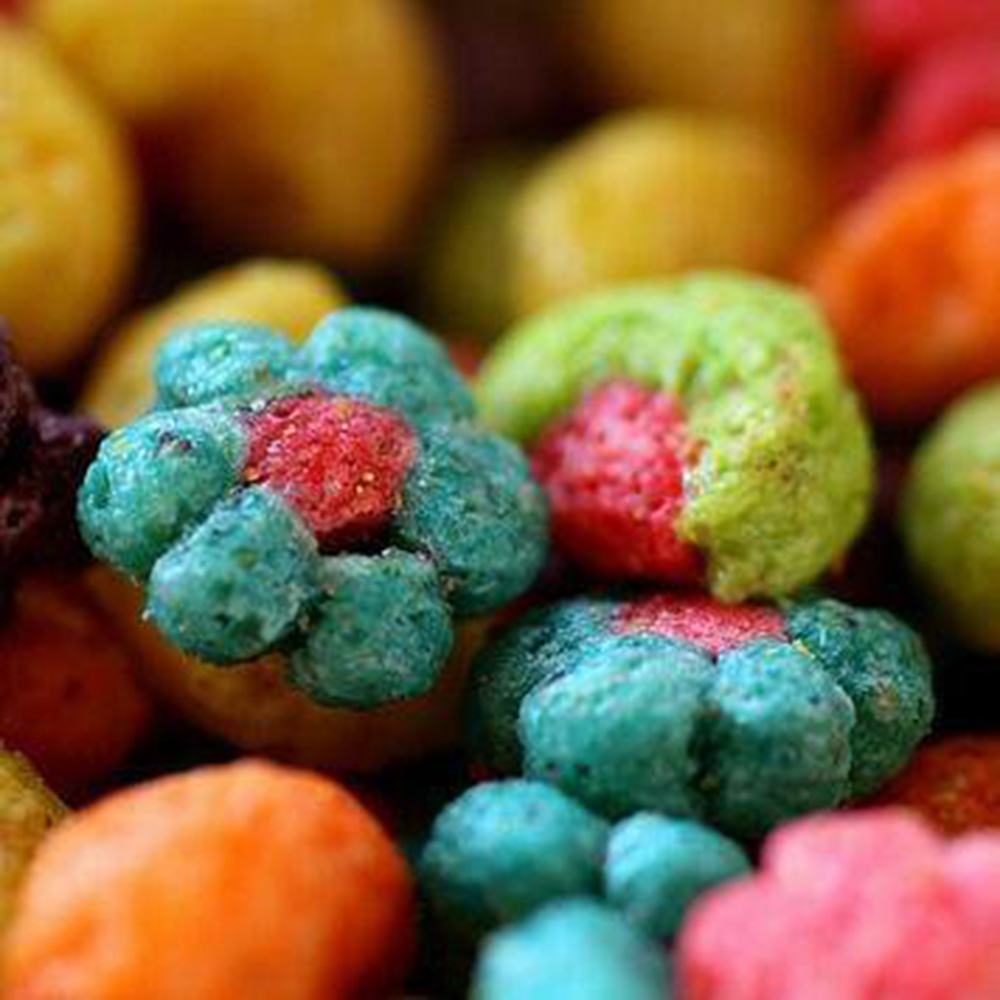 24/7 Wall St.
24/7 Wall St.